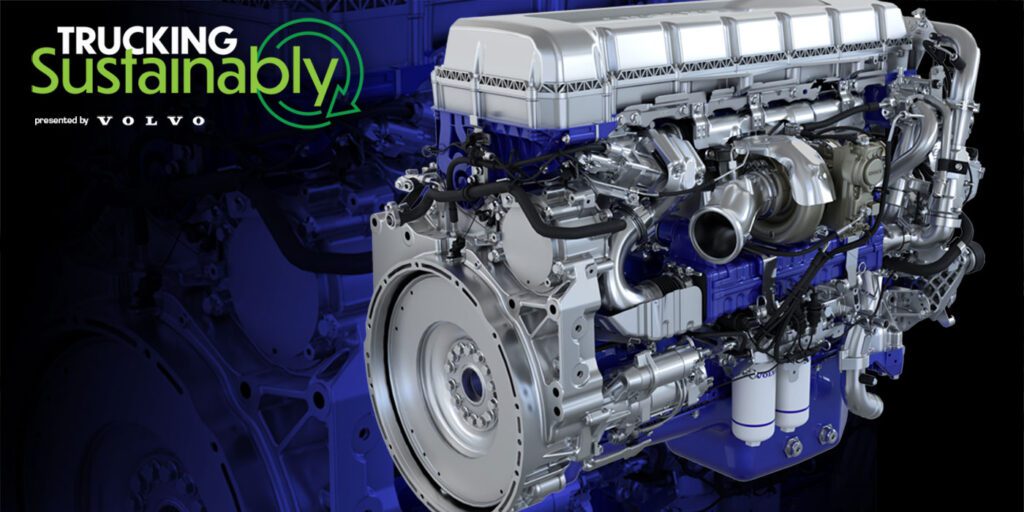Volvo Trucks North America is enhancing its truck powertrain offerings with the D13 VGT engine, featuring a variable geometry turbo aimed specifically at regional haul routes. However, company executives indicate that the D13 with turbo compounding (TC) remains the preferred option for long-haul fleets prioritizing fuel efficiency.
“These serve two distinct applications,” noted Johan Agebrand, director of product marketing at Volvo Trucks North America. “Deciding whether to drive 500 miles, 600 miles a day, or more significantly influences your choice. Consider the number of stops or deliveries, as well as the maneuverability required—whether it’s a hub-and-spoke model or a tighter scenario. This will determine if you should opt for a VGT or TC setup.”
The VGT engine enhances drivability for stop-and-go situations due to its turbine vane control, which allows it to heat up more rapidly compared to a traditional turbo compound with a stationary turbine. “This results in improved response and fuel economy for urban deliveries and regional distribution,” Agebrand explained.
Expanding Powertrain Choices
The D13 TC engine, when combined with Volvo’s I-Torque system, still delivers efficiency improvements of up to 10% through aerodynamic enhancements and powertrain refinements.
Duane Tegel, powertrain product marketing manager at Volvo Trucks North America, stated, “By integrating aerodynamic improvements with engine refinements, such as the seven-wave piston, optimized turbo, and variable displacement oil pump, we achieve up to a 10% boost in fuel efficiency across the vehicle.”
Both engines can utilize HVO renewable diesel and benefit from shared upgrades, providing fleets with flexibility tailored to actual duty cycles, rather than adopting a uniform approach.
Highlights from Trucking Sustainably
Discover how Volvo is streamlining powertrain options for fleets with three distinct configurations, including the high-efficiency I-Torque setup. Learn why turbo compounding remains superior for long-haul fuel savings, and explore the aerodynamic redesign that reduces horsepower requirements, laying the groundwork for up to 10% fuel efficiency improvements.
Watch the video above for a comprehensive overview.


